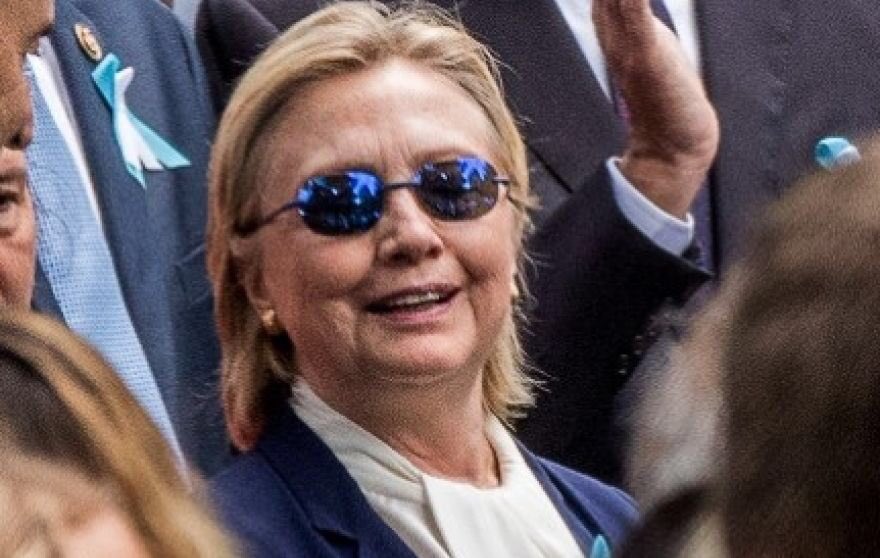




Format: Abstract
Send to
Epilepsia. 1992 May-Jun;33(3):517-21.
Usefulness of blue sunglasses in photosensitive epilepsy.
Takahashi T1, Tsukahara Y.
Author information
Abstract
The suppressive effect of sunglasses upon photoparoxysmal responses (PPRs) elicited by 15-Hz flicker stimuli with a low luminance of nearly 10 nits was studied in eight patients with photosensitive epilepsy. Using three commercially available sunglasses of neutral density (ND), blue, and brown, the influence upon generalized PPRs elicited by a flickering dot pattern (FDP) and red flicker (RF) stimuli was separately examined in six patients; the luminance of the visual stimuli decreased from roughly one-fifth (ND and brown sunglasses) to one-tenth (blue sunglasses). With FDP stimulation, four of the six patients wearing each of the three sunglasses had no provocation of PPRs, whereas two of the six patients had provocation of generalized PPRs with all of the sunglasses. With RF stimulation, two of the six patients wearing ND sunglasses had provocation of generalized PPRs; three of the six patients wearing brown sunglasses had similar provocation; in contrast, none of the six patients showed provocation of PPRs while wearing blue sunglasses. These results suggest that the suppressive effect of the three sunglasses on FDP stimulation is mainly due to a luminance diminution, whereas that of blue sunglasses on RF stimulation is produced by an inhibitory effect of short wavelengths and possibly by a luminance diminution. Thus, blue sunglasses are thought to be useful in the treatment of patients with photosensitive epilepsy.
http://www.ncbi.nlm.nih.gov/pubmed/1592030